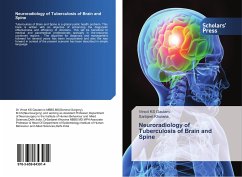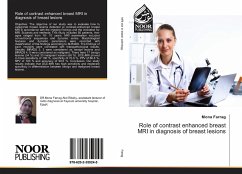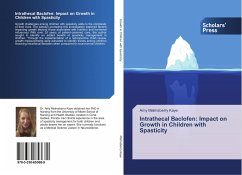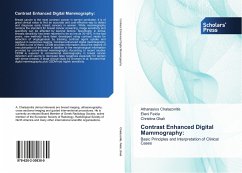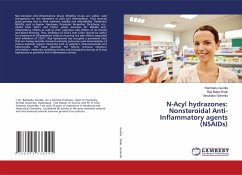
Intrathecal paramagnetic contrast agents
Versandkostenfrei!
Versandfertig in 6-10 Tagen
26,99 €
inkl. MwSt.

PAYBACK Punkte
13 °P sammeln!
The iv administration of contrasts in diagnostic radiology is essential for the detection of many pathologies that would go undetected without their use. Both Computed Tomography (CT) and Magnetic Resonance Imaging (MRI) use these substances to acquire images that complement baseline studies. In the pathology of the nervous system (NS), MRI studies are superior to those of CT mainly because of their anatomical definition and superior tissue contrast. However, there is a group of complex pathologies affecting the dynamics and distribution of cerebrospinal fluid (CSF) in the cranial and spinal c...
The iv administration of contrasts in diagnostic radiology is essential for the detection of many pathologies that would go undetected without their use. Both Computed Tomography (CT) and Magnetic Resonance Imaging (MRI) use these substances to acquire images that complement baseline studies. In the pathology of the nervous system (NS), MRI studies are superior to those of CT mainly because of their anatomical definition and superior tissue contrast. However, there is a group of complex pathologies affecting the dynamics and distribution of cerebrospinal fluid (CSF) in the cranial and spinal compartments for which the usual imaging studies are insufficient to reach a diagnosis. Until recently, these pathologies were studied by cisternography/myelography with soluble intrathecal iodinated contrast (CT-CSICM) or by cisternography with radioisotypes (CR). However, recent studies have demonstrated the superiority of MR cisternography/myelography with intrathecal paramagnetic contrastadministration (MR-CMCCPI), although its clinical use is restricted.






